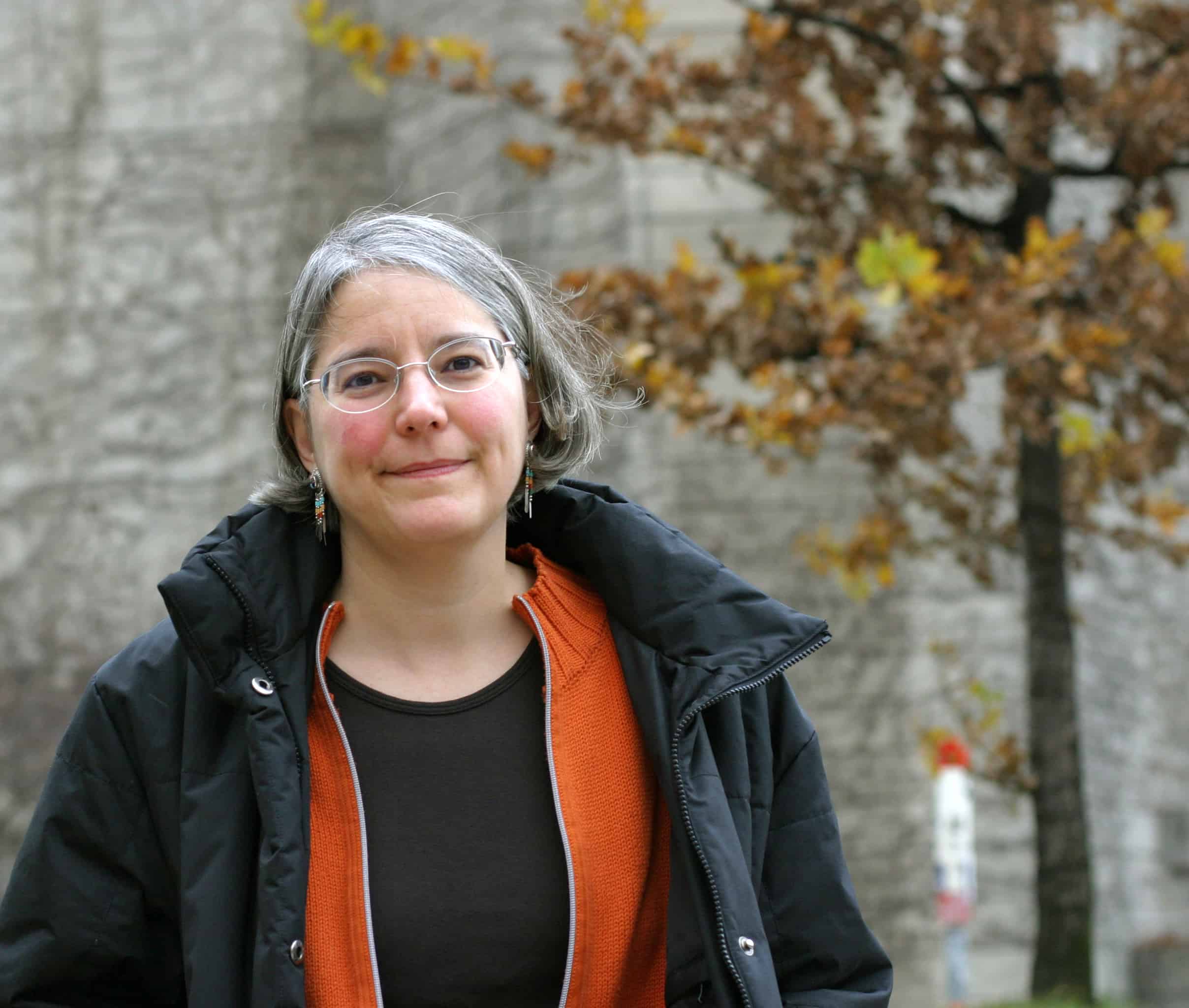One of the greatest challenges of our time is determining how to maintain biodiversity in the face of natural and human disturbance. Dr. Marie-Josée Fortin is harnessing the power of statistics to model some of the most complex issues in conservation biology.
On September 7, Fortin and 11 other U of T faculty joined the Royal Society of Canada as fellows. Of the 12 U of T inductees, eight were from the fields of engineering, mathematics, and biological and physical sciences.
Fortin, a Professor in Ecology and Evolutionary Biology at the University of Toronto, is one of the leading figures in spatial ecology. She is interested in how ecological processes and human activities influence the probability of organism movement through a fragmented landscape.
By developing novel connectivity metrics based on network theory, which describes the relations between objects, Fortin estimates the path by which animals disperse in their environment. The probability of dispersal is species-specific and is mediated by the type of land cover that organisms encounter. Fortin’s findings have shaped conservation strategies for a range of ecosystems.
She is also known for her work on novel boundary detection methods which can be used to investigate how ecotones — the transition area between biomes — shift in response to changing environmental and climatic conditions.
When analyzing remotely sensed data, we might ask, ‘How do we know that the signals we receive are real?’ To answer this question, Fortin developed boundary statistics based on graph theory and randomization tests to delineate spatially cohesive boundaries and how their limits move through time.
The overarching goal of her research is “to help researchers and government agencies [make] better assessments of biodiversity, and to develop more accurate methods of measuring biodiversity and its distribution,” Fortin said.
The Royal Society of Canada boasts more than 2,000 active fellows. It was founded in 1883 to support research in the arts, humanities, and natural and social sciences.
“It’s nice to be recognized,” said Fortin. “[The honour] shows that there are important discoveries being made and to be made in the field of ecology.”
As a fellow of the Royal Society of Canada, she hopes her research will gain more exposure and that the ideas will become more widespread and applied.
In a statement to U of T News, Vivek Goel, U of T’s Vice-President of Research and Innovation, said, “As one of the top research universities in the world, the University of Toronto’s primary mission is to create new knowledge. We are incredibly proud of these 12 scholars — U of T’s newest Royal Society of Canada fellows — who embody that spirit in their exemplary work as they continue to blaze new trails in their fields.”
For those planning to pursue a career in ecology and evolutionary biology, Fortin believes that it’s important to “like the journey” as “there’s no such thing as a finished product” in science.
“Be creative, persistent, and like it… People who are most successful [are those who] like what they’re doing,” she said.
The following U of T science faculty will formally join the Royal Society of Canada as fellows in a ceremony on November 18: Patricia Brubaker, Department of Physiology; Julie Forman-Kay, Department of Biochemistry; Marie-Josée Fortin, Department of Ecology & Evolutionary Biology; Gordon Keller, Department of Medical Biophysics and UHN; Javad Mostaghimi, Department of Mechanical & Industrial Engineering; Jeremy Quastel, Department of Mathematics; Aephraim Steinberg, Department of Physics; and Stevo Todorcevic, Department of Mathematics.


